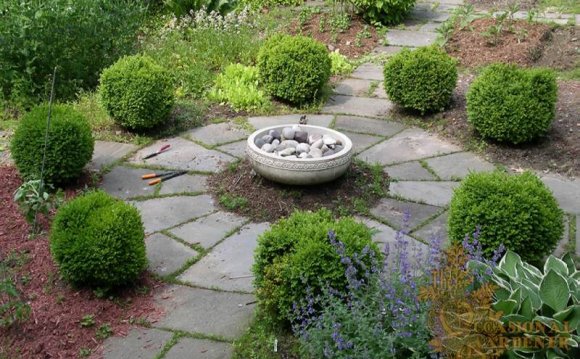
See how gardeners around the country have created wonderful gardens in small spaces
Small gardens have a lot more potential than you realize. Whether dealing with a long narrow space behind a vintage home, a cramped backyard that lacks privacy, or a shabby garden at the rear of a brownstone the possibilities are endless. So don’t write off your 40-foot by 20-foot outdoor area just yet — with the right design, it could be an incredible garden.
Design IdeasSmall Gardens That Feel Big
Design tips:
- Remember the importance of negative space, even a tiny courtyard or lawn can provide balance to a small garden.
- Include built-in seating in a corner to keep your garden from feeling crowded.
- Use a living wall to add lushness where ground space is limited.
- Step back and look at your yard with fresh eyes, then simplify and tidy.
- Even if your outdoor space seems overwhelming, pick just one thing that you most want to change.
- Think big. Ample pathways and gathering spaces are inviting, and large features are engaging in any size space.
- You can maximize the livability of a small yard by taking advantage of changes in terrain to segment the space into different living areas. Dividing a garden, even when small, often has the paradoxical effect of making it seem larger.
- In small gardens where space is too limited for major focal points, compose a series of mini views within the garden itself, offering interest in every direction while using plants to provide a framework.
- Divide the garden into outdoor rooms that echo and expand upon the home’s interior, giving both inside and out more purpose and making everything feel larger.
- If you plan to entertain groups, keep the furniture and plantings along the perimeter of the garden to allow for mingling in the center of the space.
- When selecting plants for a relatively small space, don’t go color crazy — stick with a more monochromatic scheme of cooler colors (such as blues, violets, yellows and silvery greens) — otherwise you may end up with a garden that feels close and confined.
- Don't forget lighting to extend the use of your yard well into the night.
Source: www.gardendesign.com















